How to Test Dishwasher Circulation Pump with Multimeter
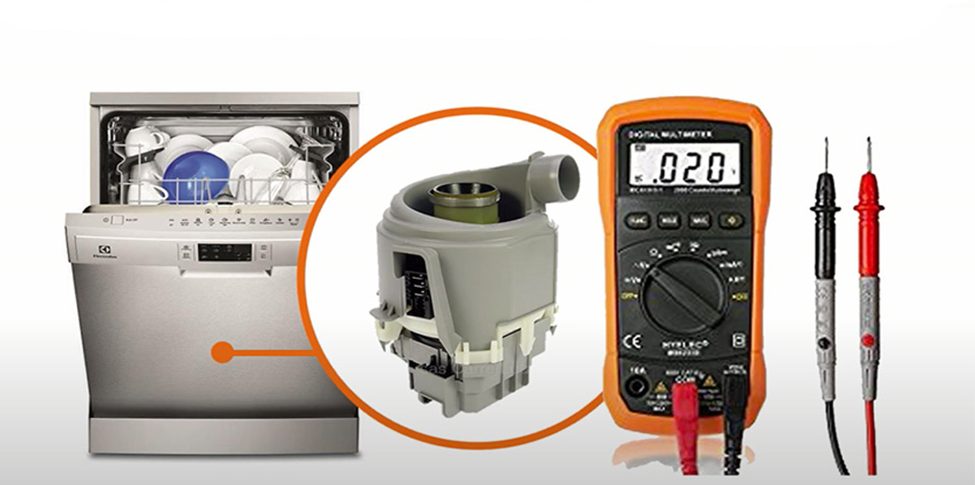
Are you having issues using your dishwasher? Is the dishwasher making abnormal noise? Is the motor overheating? These are some problems that are associated with a faulty dishwasher circulation pump.
If your dishwasher is no longer working properly, the circulation pump is often the problem. The dishwasher circulation pump is an important part of the dishwasher. Without it, your device will not clean dishes properly.
Of course, the reason your dishwasher is not working properly may be because of another issue. It may be that you use too much detergent. It may also be due to low water temperature, water pressure issues, or a defective inlet valve, among others.
It would be frustrating to replace the dishwasher circulation pump only to find out that the problem is with another component of the device. That is why it is recommended that you test the circulation pump to see if it is bad.
Here’s a guide to help you test out the dishwasher circulation pump with a multimeter.
Quick Answer:
Disconnect your dishwasher before you start the testing process for our dishwasher circulation pump with a multimeter. Next, disassemble the device with a screwdriver and then test the dishwasher circulation pump to diagnose the problem. You need a screwdriver, pair of pliers, and multimeter to complete the task.
Step 1: Disconnect Your Dishwasher
The first thing is to unplug the dishwasher. Next, pull it out and let it lay on its side. Make sure that your work area is free with ample space. This will give you enough space to store the components that you will disassemble.
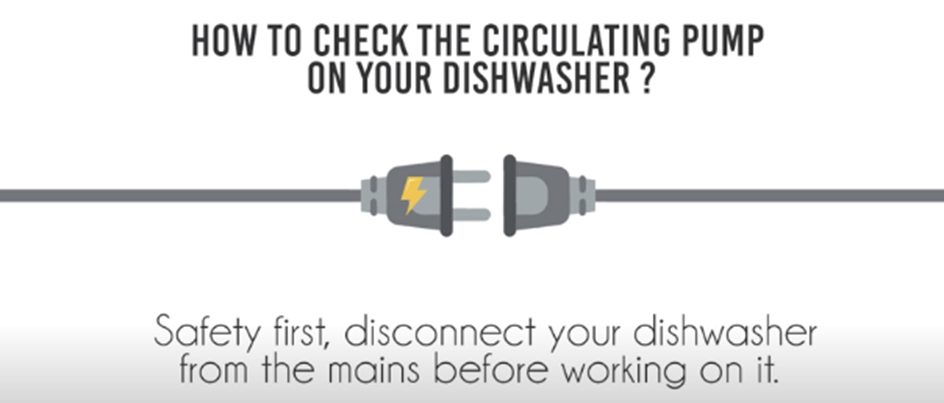
Tools that You Will Need
To disassemble the dishwasher circulation pump motor, you need to have the appropriate tools ready. Here are the tools you need for the task:
- Screwdriver
- Multimeter
- Pair of Pliers
Step 2: Disassemble the Device
Lay the dishwasher on its side. Using the screwdriver, remove the base plate of the dishwasher. Make sure you remove the holding screws first before you pull out the base plate. Next, disconnect the anti-flood switch connectors with other connectors around the pump. (1)
Put the connectors to one side and find the pump motor. You will see the clamps around the hoses hooking to the pump. Using the pliers, remove the clamps and then disassemble the ground wire.
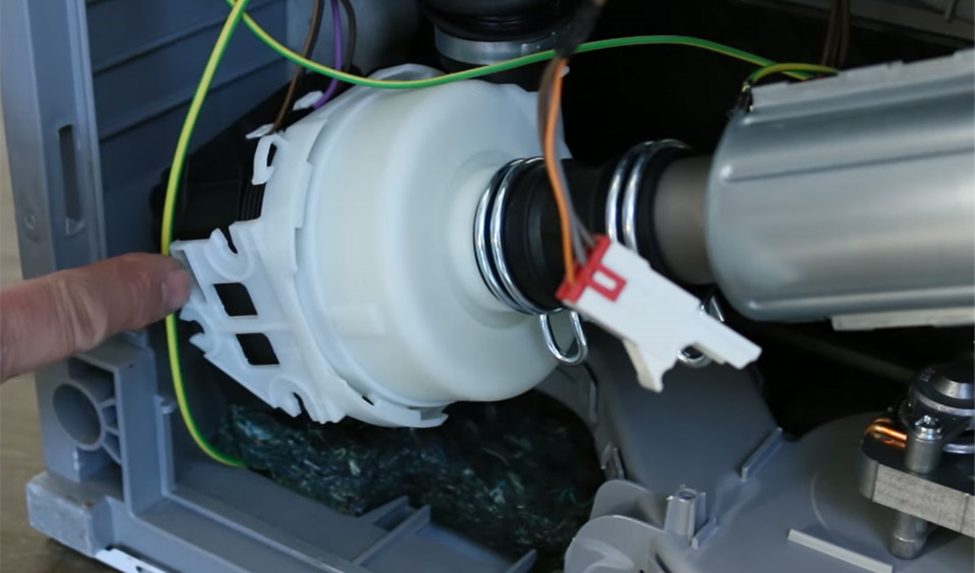
Next, disconnect the connectors around the wire. Now, remove the screw holding the circulation pump. You will find it on the outside of the pump. Take out the pump motor and remove the hoses with the pliers and take out the pump.
Step 3: Test the Circulation Pump
You need to have your digital multimeter in hand at this time. Select the appropriate ohms setting for your multimeter. Next, measure the resistance on the terminals’ part for the dishwasher circulation pump test.
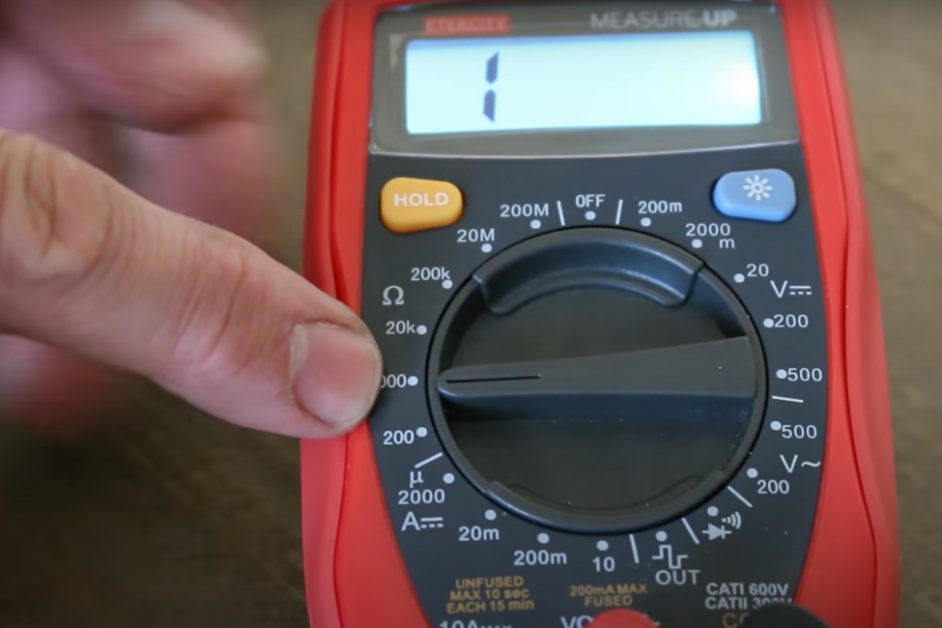
To do this, touch the probes on the terminals and check the reading. You will have a reading of over 100 ohms if the pump is working fine. If it is below 100 ohms, you should replace it. It is also important to check if the pump motor has seized.
That may be the reason why your dishwasher is not working. To check this, insert a screwdriver into the spindle slot of the motor and try to rotate it. If it is in good working condition, the motor should spin freely.
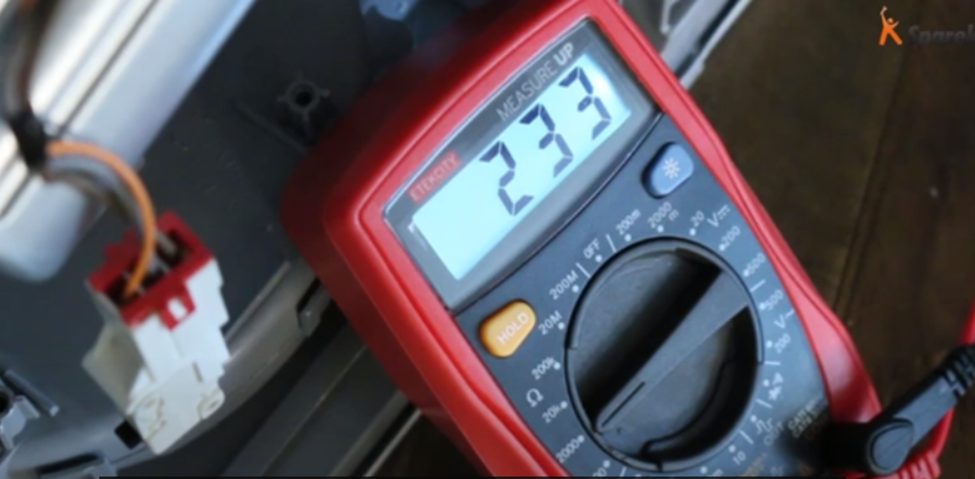
If it does not, then you need to replace it also. A faulty dishwasher motor will often cause different problems. These include the dishwasher not starting properly, and abnormal noise during a wash cycle. (2)
Causes of Faulty Dishwasher Problems
Even before you perform the whirlpool dishwasher circulation test, there are some telltale signs that show that the pump is dead and needs replacement. You should consider looking out for these as you prepare to carry out a dishwasher circulation pump test on your device.
Here are the signs to look out for.
- You notice that your dishwasher stops in the washing cycle and when you check, you see that no water is pumping during the cycle. This may be a sign that your pump has an issue.
- You can see that the wash motor is in a good condition and the drain pump works well. However, there are no water sprays in the dishwasher after it fills up. If you notice these, it means that the circulation pump has an issue and needs fixing.
- You found out that the wash arms are not spinning again. This is often caused by a stuffed dishwasher circulation pump. If the pump is clogged, the pressure to rotate the wash arms will be reduced, which will prevent the arms from spinning.
You can easily diagnose a troubled wash motor. If the dishwasher is filling with water but the spinning is not working, then it is likely a problem with the pump motor. The good news is that it is easy to fix, all you need to do is clean the motor propeller.
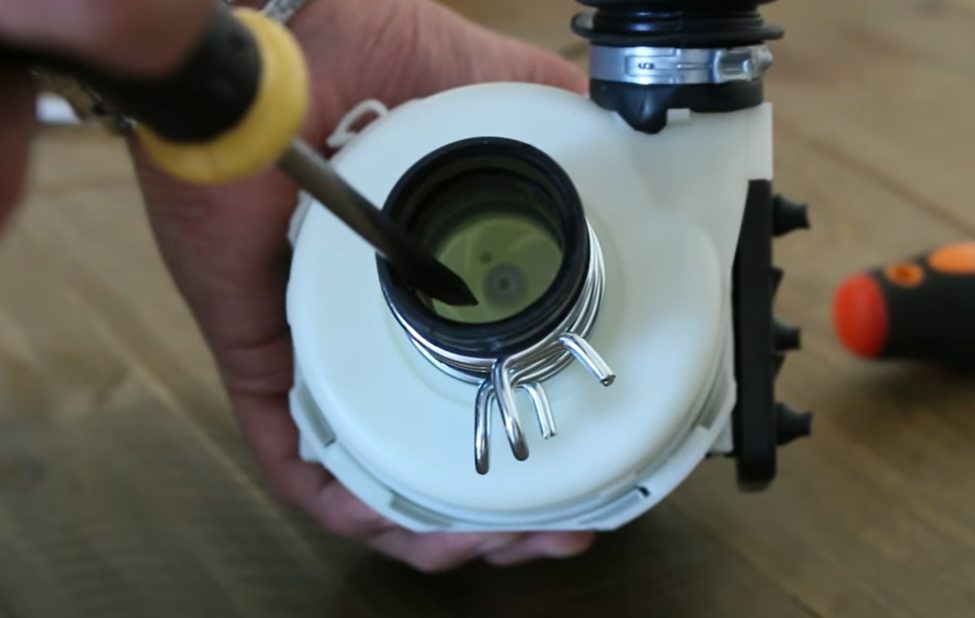
Once you unclog it, it will begin to work perfectly well and you can have your dishwasher in its optimal performance. To clean the motor propeller, you need to disassemble the motor and clean everything thoroughly.
You do not have to hurry to buy a new dishwasher if you notice that the old one is not working. You can troubleshoot some issues and get them resolved.
Wrapping Up
The circulation pump generally sucks up water that flows into the tub and sends it to the spray arms to wash the dishes. The water goes through different filters and returns back to the pump to start a fresh cycle. If anything is wrong with the pump, it will directly affect the washer.
Therefore, if you notice that your dishwasher is not cleaning dishes properly, you should check the circulation pump first before troubleshooting any other part of the appliance.
Take a look at some of our related articles below.
- How to test fuel pump with multimeter
- How to test a capacitor with a multimeter
- How to read ohms on a multimeter
References
(1) anti-flood – https://interestingengineering.com/7-inventions-and-ideas-to-stop-flooding-and-mitigate-its-effects
(2) wash cycle – https://home.howstuffworks.com/how-do-washing-machines-get-clothes-clean3.htm
